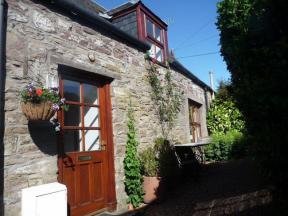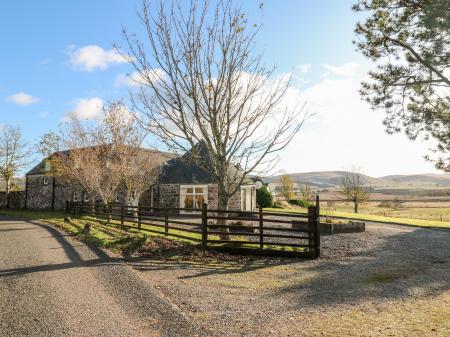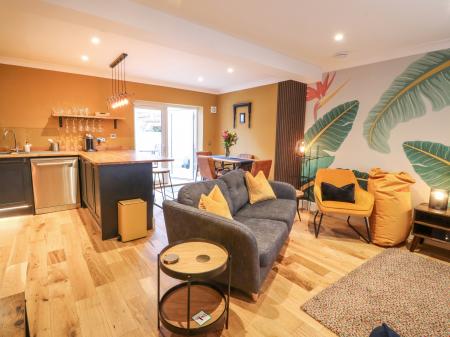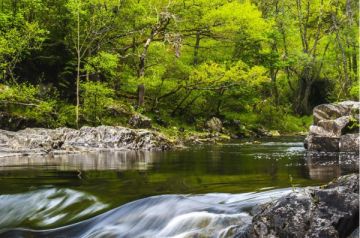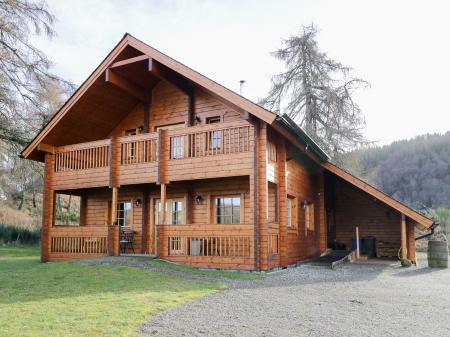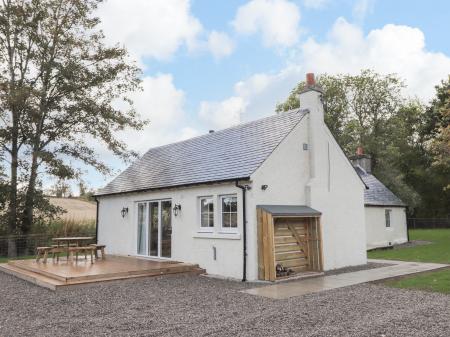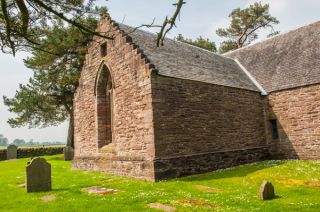
Following the upheavals of the Protestant Reformation, the chapel was no longer used for private family worship, though there is an intriguing reference to an illegal service held here in 1564. Though services (at least, legal ones) ceased, the chapel continued to be used as a burial vault for the Murrays. One of the most touching burials here occurred in 1740 when Lord George Murray buried his infant daughter in the chapel.
The child had died of smallpox, and it seems that both Lord George and his wife would have been buried at Tullibardine, but Murray's involvement with the Jacobite cause put an end to that idea. Lord George commanded the army of Bonnie Prince Charlie at Culloden, and following the disastrous end of the Jacobite Rebellion, he was forced to flee abroad, and never returned.
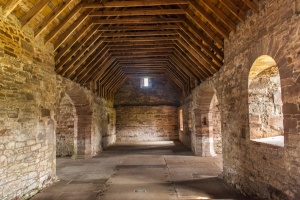
What is truly remarkable at Tullibardine is how the chapel interior escaped the ravages of religious reform in the 16th century and emerged relatively intact. Very few medieval churches in Scotland managed to escape the turmoil of the Reformation intact, which makes the condition of Tullibardine Chapel so important.
The medieval timber roof still soars over the interior, with the walls lined with aumbries and statue niches. Both the interior and exterior walls are decorated with Murray coats of arms. Also carved into the walls are mason's marks, 'signatures' in stone made by the craftsmen who built and rebuilt this lovely medieval building.
The oldest heraldic carvings are those created by the founder, Sir David Murray. Above the north door are the arms of Murray, while on the north wall of the choir are the arms of Murray quartered with Stewart of Innermeath, representing the marriage of Sir David's parents. Also on the north wall of the choir are the arms of Murray impaling Colquhon, commemorating Sir David's marriage to Margaret Colquhon. On the gable end of the south transept are the arms of Sir Andrew Murray and Margaret Barclay, which took place around 1500.
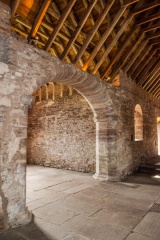
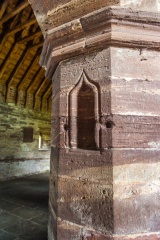
a chancel arch
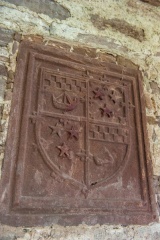
with Stewart






 We've 'tagged' this attraction information to help you find related historic attractions and learn more about major time periods mentioned.
We've 'tagged' this attraction information to help you find related historic attractions and learn more about major time periods mentioned.